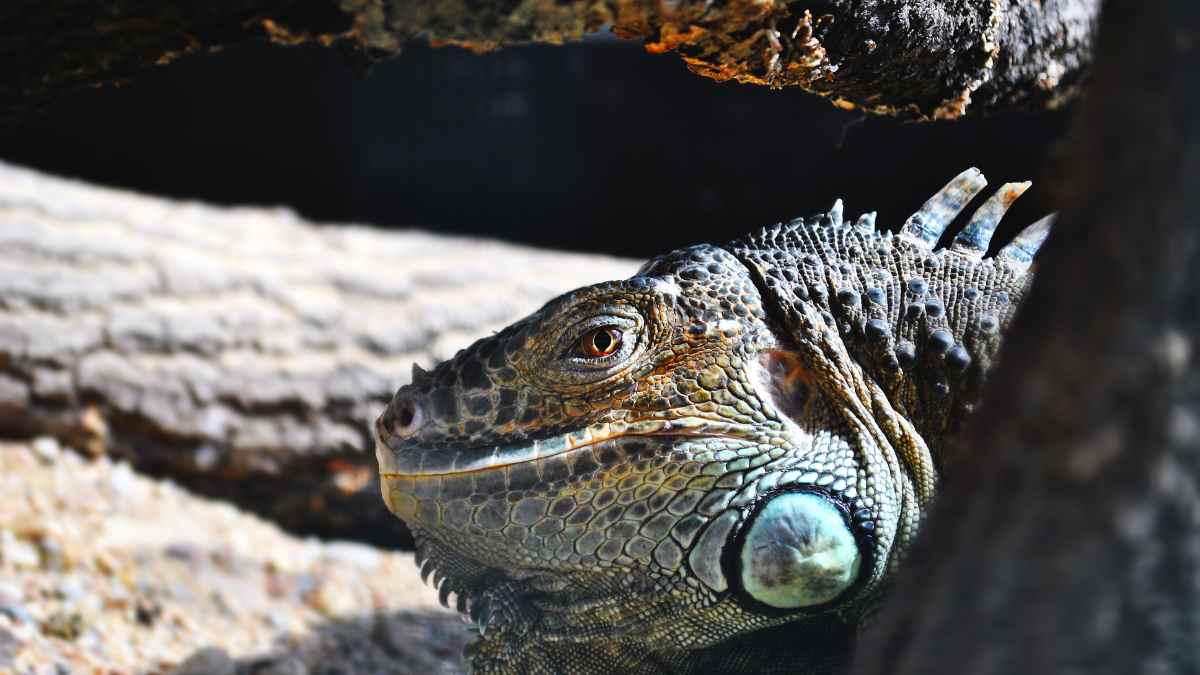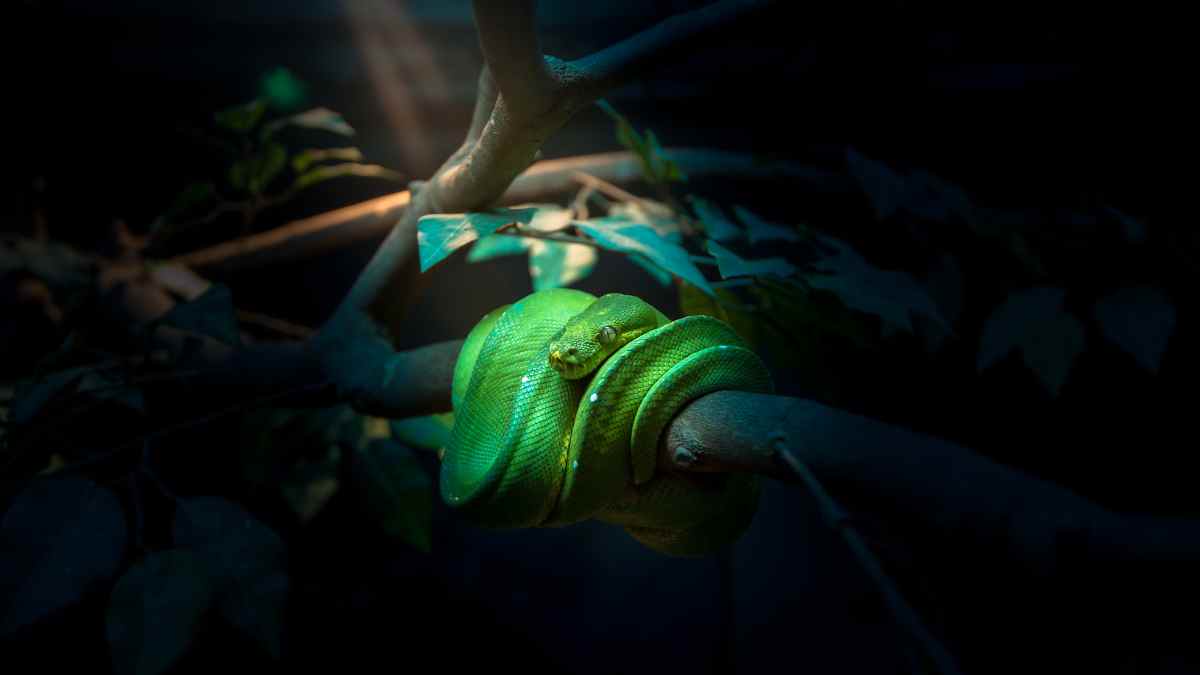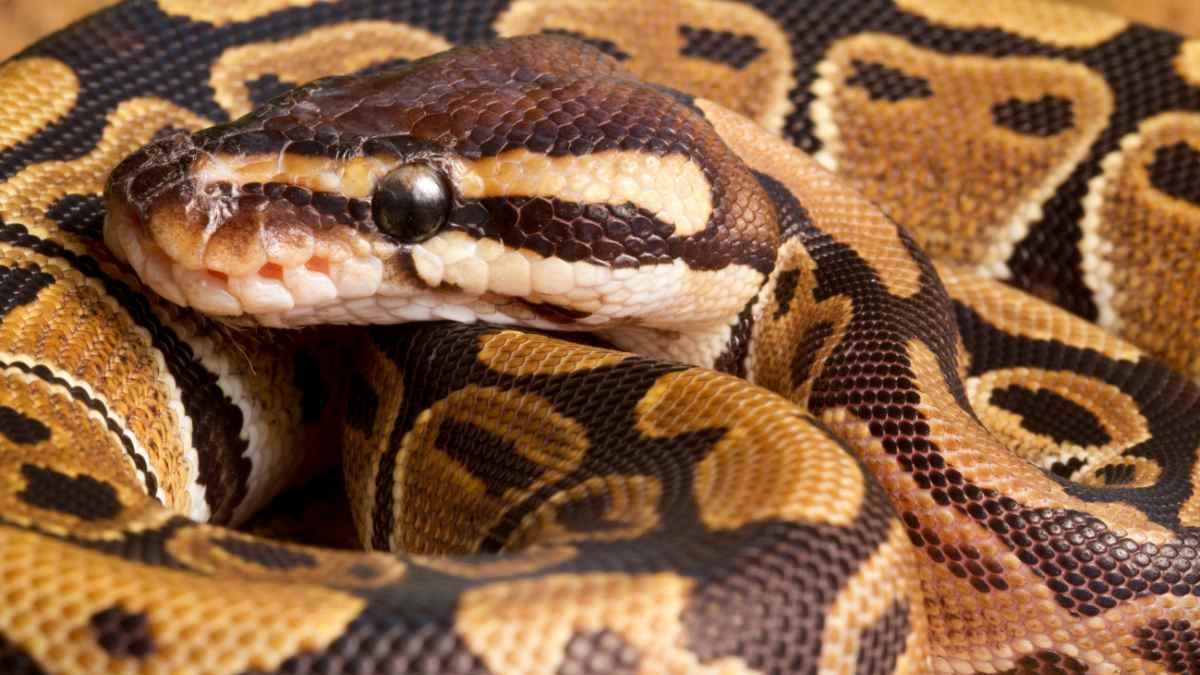
Hideaway Heaven: Crafting Perfect Reptile Retreats with DIY Caves, Hammocks, and Branches
Create a hideaway heaven for your reptile with our DIY guide to crafting perfect retreats. Learn how to build custom caves, hammocks, and branches that provide comfort and enrichment for your pet, enhancing their habitat with safe and naturalistic elements.

Planting Paradise: Selecting Ideal Live Plants for Reptile Terrariums
Cultivate a planting paradise in your reptile terrarium with our guide to selecting ideal live plants. Discover which species are safe and beneficial for your reptile, how to care for them, and the ways they can enhance the health and aesthetics of your pet’s environment.

Hideaway Heaven: DIY Ideas for Creating Secure Shelters for Your Reptile
Explore creative and secure DIY ideas for creating shelters for your reptile with our guide. Discover practical tips and step-by-step instructions to design and build hideaways that cater to the comfort and security of your reptilian pets, ensuring a safe and enriching habitat.

Things You Should Know About Having a Pet Lizard: Essential Care Tips
Uncover essential care tips for having a pet lizard with our comprehensive guide. From habitat setup to dietary needs and handling, gain valuable insights into responsible lizard ownership, ensuring the well-being and longevity of your reptilian companion.

Things You Should Know About Having a Pet Snake: A Beginner’s Guide
Discover essential tips for novice snake owners with our comprehensive guide. From habitat setup to dietary needs and handling, gain valuable insights into responsible snake ownership, ensuring the well-being and longevity of your reptilian companion.

Defensive Behavior of Pythons: Understanding How These Snakes Protect Themselves
Gain valuable insights into the defensive behavior of pythons and understand how these snakes protect themselves in their natural habitat. Learn to recognize and respect their defensive instincts, ensuring a safe and harmonious environment for both the pythons and their caretakers.

Territorial Behavior in Pythons: Understanding the Aggressive Nature of These Reptiles
Gain insight into the territorial behavior of pythons and understand the factors contributing to their aggressive nature. Learn how to recognize and manage territorial tendencies in these reptiles, ensuring a safe and harmonious environment for both the pythons and their caretakers.

Decoding Reptile Shedding: A Comprehensive Guide
Dive into our comprehensive guide to understand the shedding process in reptiles. Discover essential tips and insights to help reptile owners navigate and support their pets through this natural and crucial phase of their growth and development.

Do Chameleons Like to Be Handled? A Friendly Guide to Handling Chameleons
Delve into our friendly guide to learn about handling chameleons and their preferences for interaction. Discover tips for creating a positive handling experience and understand the factors that influence a chameleon’s comfort level with human contact.
